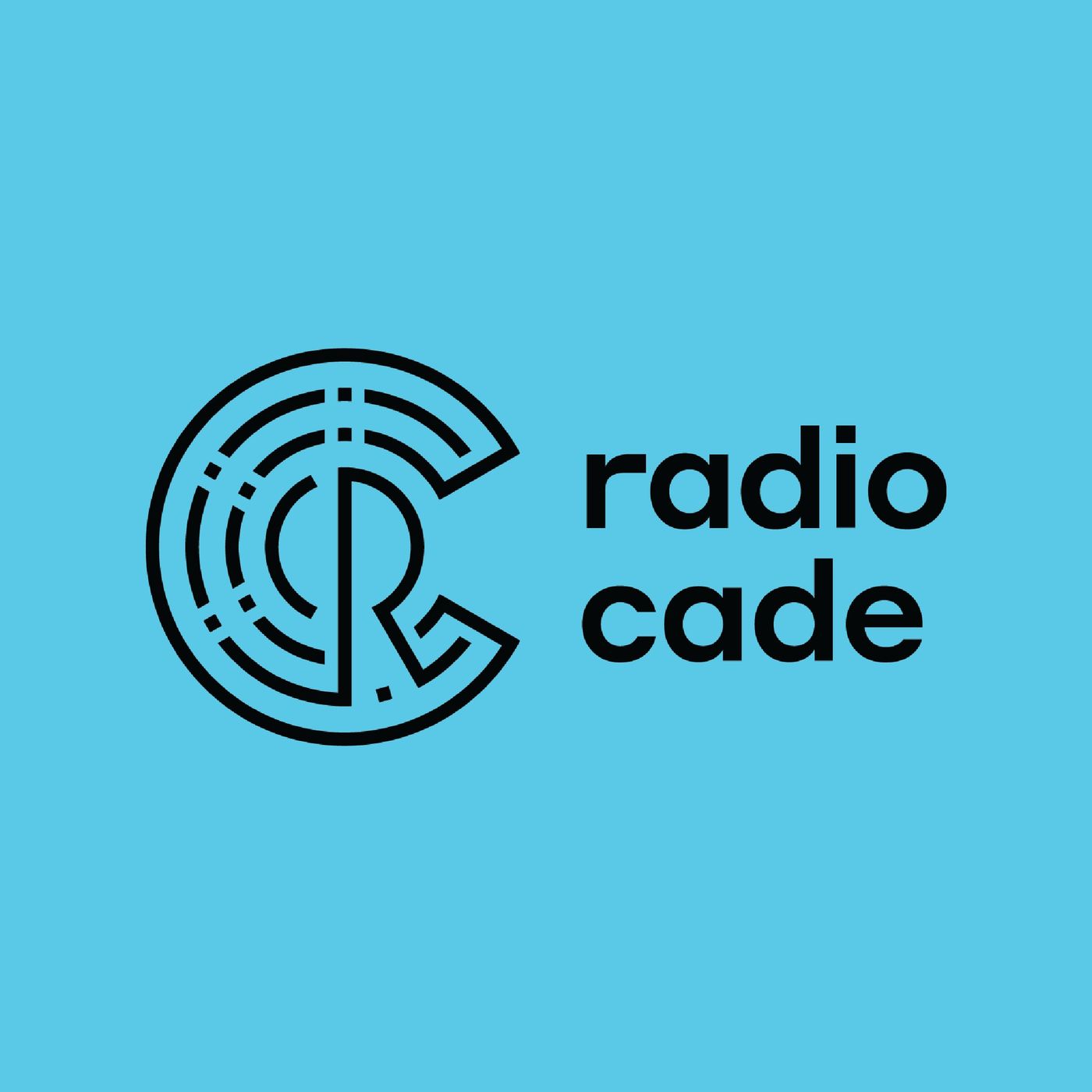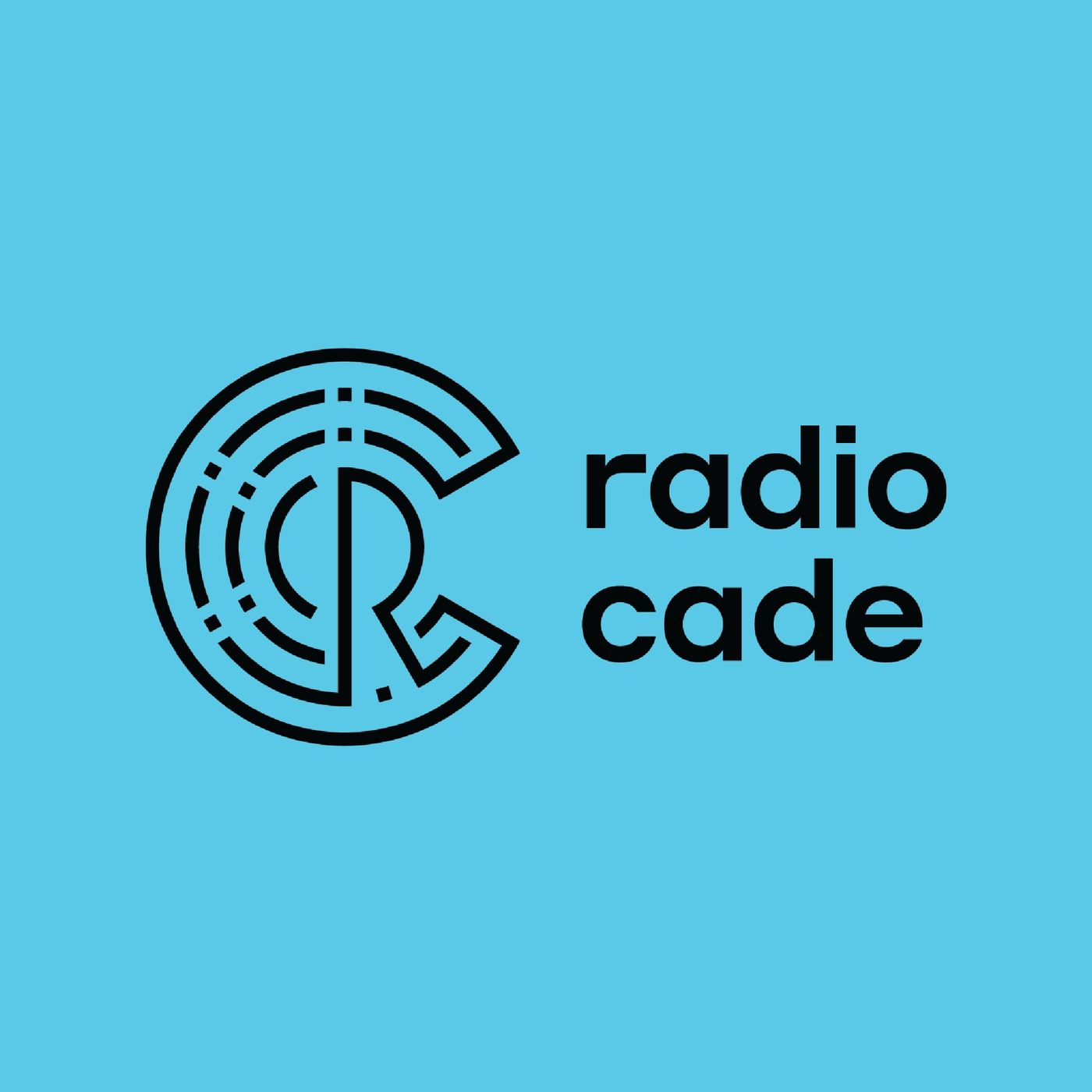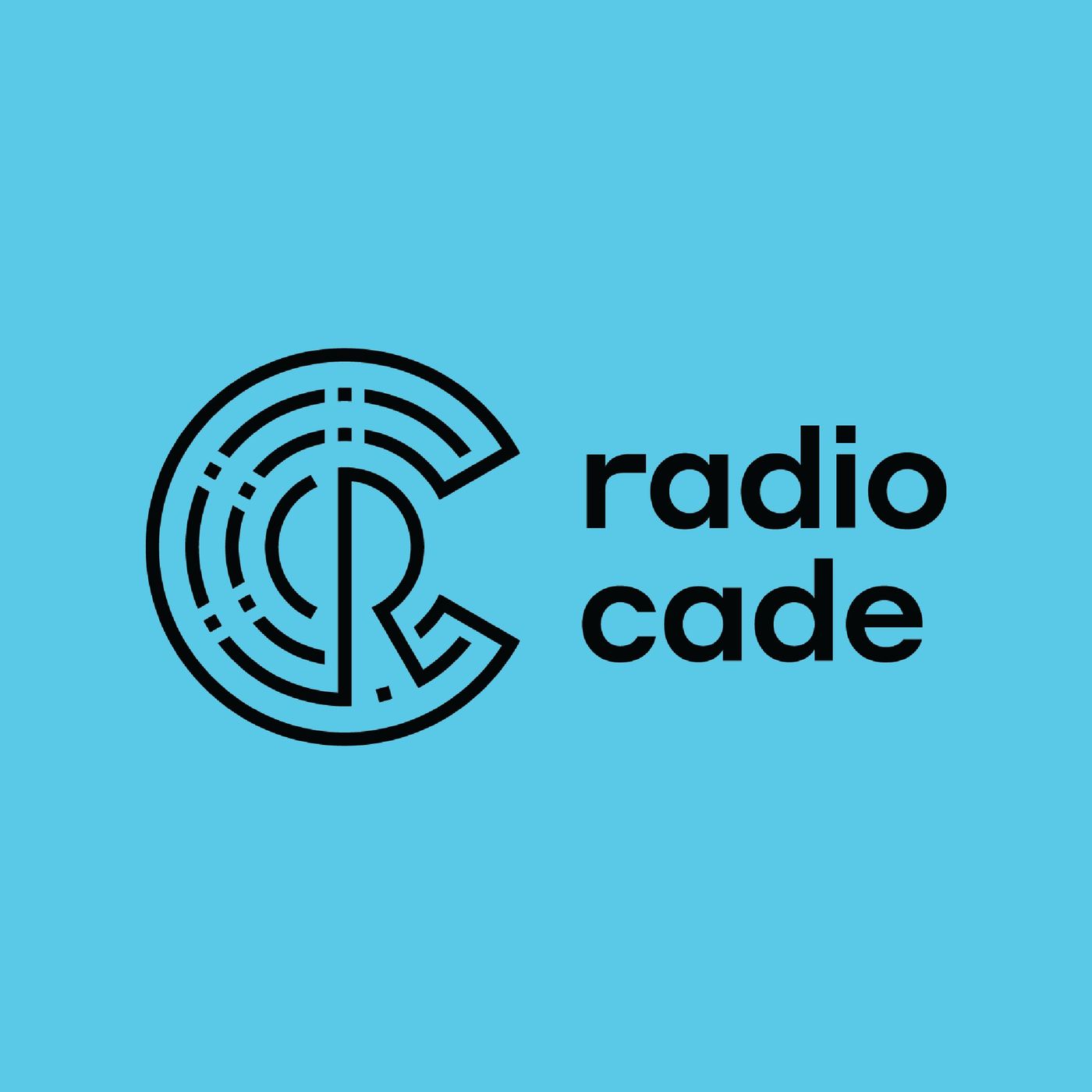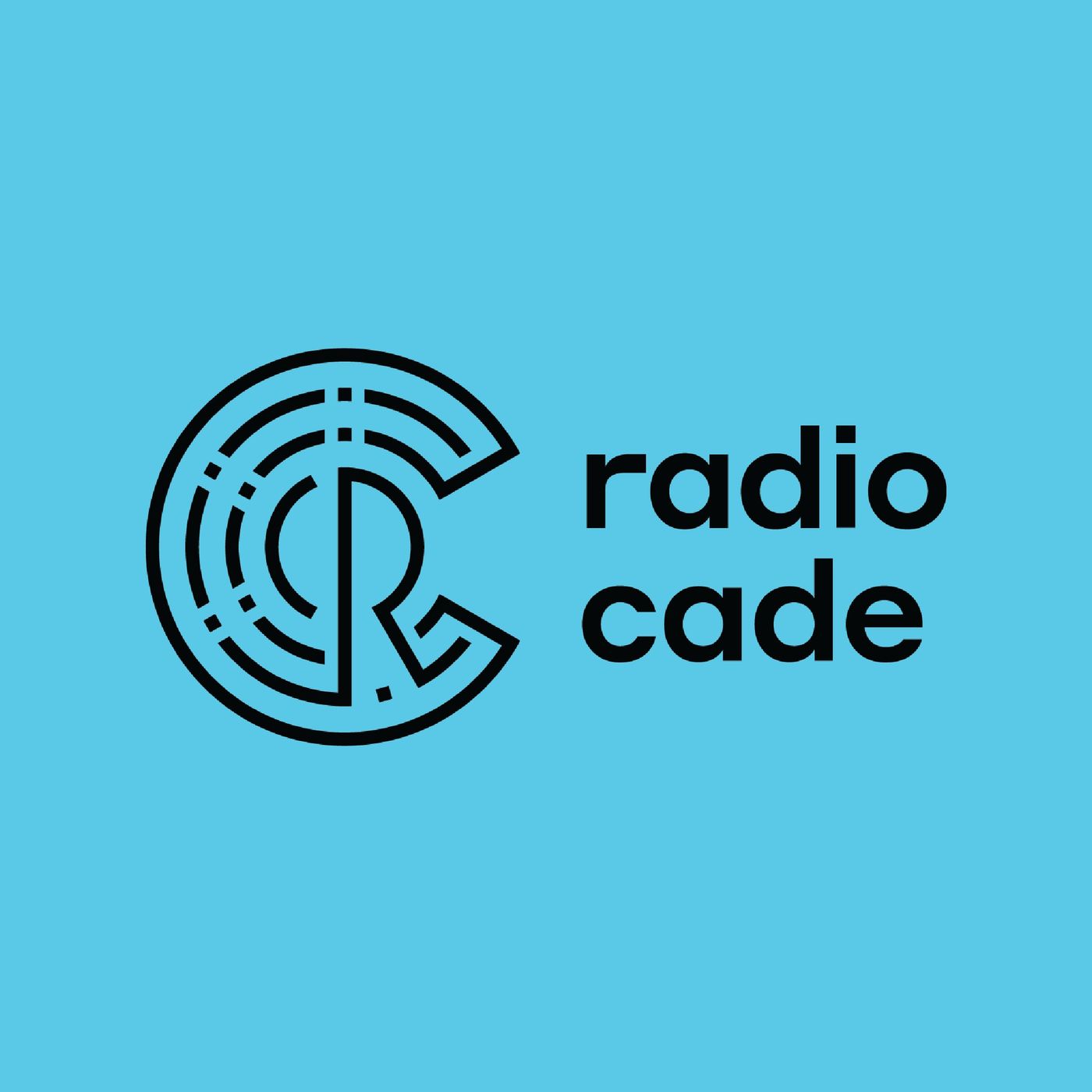Show Notes
Dr. Paul Sanberg, a Vice President at the University of South Florida, holds 157 patents and has published 650 scholarly articles on neurology. One of his biggest contributions, however, is founding the National Academy of Inventors and the Florida Inventors’ Hall of Fame in Tampa. A native of Hialeah, Florida, Dr. Sanberg later moved to California and then studied music in Canada, where he “just wanted to sing rock and roll songs.” But an “amazing professor” led him to neuroscience.
TRANSCRIPT:
Intro: 0:01
Inventors and their inventions. Welcome to Radio Cade a podcast from the Cade Museum for Creativity and Invention in Gainesville, Florida. The museum is named after James Robert Cade , who invented Gatorade in 1965. My name is Richard Miles. We’ll introduce you to inventors and the things that motivate them, we’ll learn about their personal stories, how their inventions work, and how their ideas get from the laboratory to the marketplace.
Richard Miles: 0:31
Author, inventor, scientist to founder and pilot. Is there anything Paul Sanberg hasn’t done? I’m your host Richard Miles. And with me this morning is Dr. Paul Sanberg, founder of the National Academy of Inventors and the Florida Inventors Hall of Fame and Senior Vice President for research at the University of South Florida in Tampa. Welcome to Radio Cade , Paul.
Dr. Paul Sanberg: 0:57
Thank you, Richard. Happy to be here.
Richard Miles: 0:59
So Paul reading your resume makes me want to take a nap. I mean, you’ve published 650 articles, 14 books. You hold 157 U.S. and foreign patents. Do you have a stunt-double, some guy that sleeps on a park bench outside the patent office? I mean, how do you find time to do all this?
Dr. Paul Sanberg: 1:15
I don’t know, but it’d be nice to have artificial intelligence that’s for sure.
Richard Miles: 1:20
So let’s talk about you yourself or a scientist and an inventor, and much of your career was spent in the area of brain research and specifically how to repair the brain. So tell us a little bit about that, but make it simple for people like me that barely passed high school biology.
Dr. Paul Sanberg: 1:35
Well, sure. I think it was probably really important when I was training in college that I took this course. It wasn’t called brain and behavior. In those days, it was called physiological psychology, kind of what’s the physiology of behavior. And so I ended up wanting to study the brain after taking that. It was just like a light to shine. And then working with various people, it was like, how do we create diseases model , actually an animals so that we can test various things and look at how cells die in the brain, how drugs interact in the brain. And then from there, it was the natural step to say, well, how do we repair the brain? If we’ve created this problem? And all these people have brain diseases and neurology, as you may know, is one of those specialties that you don’t have a lot of treatments for, with people that might have strokes or Alzheimer’s or Parkinson’s Huntington’s disease, ALS you name it all devastating diseases. And so having that plus having family, having gone through a number of these diseases really encouraged me to look for ways to repair the brain. And that’s when we started to look at all different approaches and putting cells in the brain was an important one.
Richard Miles: 2:39
Let’s go a little bit deeper into that. And you said put cells in the brain. These are not just any cells, right? I mean, these are STEM cells. How does that work?
Dr. Paul Sanberg: 2:46
Interesting question. So we actually looked at many different approaches. We looked at putting animal cells and human brains. Believe it or not, where we could actually combine engineering with it, to polymer encapsulate these cells, to protect them, the immune system, hoping that they may work. We looked at cells from different organs. For example, we know that for example, the adrenal gland gives off some dopamine, believe it or not. So we tried those cells in the brain for Parkinson’s. We tried cells in the eye that actually have dopamine. We tried all sorts of things and it really wasn’t until we got to the approach of looking at STEM, like cells, cells, that we now call STEM cells that really are unique, that they can become any tissue. We all have them, we’re born with them and we still have them in our body, even as we grow old. And these are kind of repairative cells. And so being in Florida at the time, we really couldn’t work on embryonic STEM cells. So we were the first to actually look at other sources of STEM cells from bone marrow, which is where a lot of our STEM cells are located. And from umbilical cord blood, the blood that you throw away after a baby’s born has a lot of STEM cells. So these were approaches that we took, at a necessity.
Richard Miles: 3:55
So did that lead to your first patent?
Dr. Paul Sanberg: 3:57
Uh , actually the first ones were looking at those other types of cells, capsulated and stuff, but it really led to the first patent in Florida, actually at USF, the first patent on using bone marrow cells to create brain cells. And we also got it for cord blood cells for brain cells. So we were early in that technology and that’s been really nice
Richard Miles: 4:17
For most people. This would be a full-time job doing some brain research, fixing a few brains. If I were, you I’d take the rest of the day off, go to the beach, but you decided to found not just one but two institutions that are dedicated to celebrating, encouraging, and connecting invendors. So let’s start with the Fo rd I nventors Hall of Fame, which was established in 2014, correct?
Dr. Paul Sanberg: 4:37
Yeah, I think around then.
Richard Miles: 4:38
How’d you get the idea to do that and how did you set it up?
Dr. Paul Sanberg: 4:41
You know, I’m a Floridian, born in Florida, traveled all over and came back and I love connecting people. I love honoring people. I love, I don’t like feeling too competitive with people. I like to get good ideas from others. So I was actually in Washington, believe it or not. And I was at the National Inventors Hall of Fame gala, where they gave out the metals to the national inventors at the United States patent trademark office. And so they have this big fat book because over the years they have all the inductees and this they’re hall of Famers. And so I’m sitting at the table and I’m going through the book and I’m going, where’s all the Florida inventors , you know, there’s vendors from New Jersey and New York and all the top East and the California’s and all these places. And there wasn’t any real Florida inventors. So I thought, okay, well I knew Thomas Edison and I knew Henry Ford were Florida and vendors as well as New Jersey and Detroit because they have their homes in Fort Myers and I’ve been to the museum and it’s an incredible museum. Edison almost at half his patents while in Florida, Florida. So we started to think about it. And I talked to the United States patent trademark office and I said, well, what do you think about a state hall of fame? And apparently there were six others, New Jersey being the biggest, which was started by Edison. Actually, the others are small. So then I went to a Senator, Brandis and the Florida legislature and we talked and he was all about it. And so he up putting resolution in and we’ve handled the Florida and hall of fame to show people that there are great inventors in Florida that have been in Florida. And so that’s how it started. And it’s been amazing. It’s just been a lot of fun to do.
Richard Miles: 6:09
So you have nominating committees, right? Or you have nominators that say, hey, this person, not all of them were still living, right? Some are?
Dr. Paul Sanberg: 6:17
The Florida Inventors Hall of Fame follows the National Inventors Hall of Fame. Similarly that they can be posthumous or they can be living. The difference is the National Inventors Hall of Fame, gears to one single patent. Y ou k now, that it had an impact. Ours is the total impact of that person. C ause it may not just be one patent, but it might be a whole ecosystem of patents that they did. I mean, think about Edison, can you really get th e o ne patent? Yo u g e t a thousand. So that’s the basic difference. But when there have been people that have been po sthumous, th ey’ve b een lot of fun to watch too, be cause f amilies have come like your family. Right, right. With Dr. Cade getting in and it’s been a lot of fun as well. So I think honoring everybody wh o’s b een in Florida, it’s invented some cool stuff is really, really nice.
Richard Miles: 6:57
So after that, or was it after that you established the National Academy of Inventors?
Dr. Paul Sanberg: 7:02
No that was before that was before.
Richard Miles: 7:03
Oh, okay. I didn’t know that. So that’s something slightly different, right? Explain how an AI works. Who are members? What does it do?
Dr. Paul Sanberg: 7:11
It is different. That’s how I was able to get to that National Inventors Hall of Fame thing because I was the President of the National Academy of Inventors. So the National Academy of Veterans is a little different. So just like the other one, w e’re trying to say, look, there’s really cool inventions out of Florida. And now we’re the third, most populous state. We have had some impact in the National Academy i n v endors. It was a similar story, but i t w as slightly different. And that is that around the time of the great recession 10 years ago, the United States patent trademark office, trying to figure out, they were told by the government at that time that all the agencies should reach out. How can they help the economy? And the universities w ere also asked actually 250 research universities were asked by their presidents to sign a letter saying that they would make economic development. One of the legs of a stool of American research universities, which is very important. So I was an administrator at the time at USF and thinking of ways to do both things. And I was an inventor at the time, but I was a closet inventor. And when you’re an academic and you’re a professor, it’s all about federal grants, about publisher p erish and all my invention stuff was kind of on t he side, kept it behind closed doors as much as possible because it wasn’t something you did in academics, unless you’re maybe at Stanford or MIT or P urdue or someplace. So we thought, well, you know what, let’s see who the inventors are. C ause we didn’t have a real idea of who the academic inventors were. The United States patent trademark office knew exactly who the garage inventors were, who the independent inventors were, who the corporate i nventors were. They didn’t know anything much about the academic and there’s a lot of universities and a lot of money goes into university research. So to make a long story short it USF. I said, Hey, if you have a us patent come and have lunch with me. And I thought maybe there’d a dozen people c ause I hadn’t come out of the closet yet. And so then there was a hundred people showed up. A hundred faculty at USF. And so imagine how many there are around the country a nd the world that did that. So then the under secretary of commerce head of the patent office, David Kappos came down to USF to the embassy suites on campus. We had our first meeting and he inaugurated the national Academy of inventors to really get a feel and a cohort of boosting academic invention. And one of the first things we did was to try to change the culture of American universities so that it wasn’t just publish or perish. But if you did patents licensing, commercialization, startups, wo rk w ith industry, et cetera, and you’re doing that, then you should get credit for it, bu t i t ‘s p romotion and tenure, whether it’s whatever.
Richard Miles: 9:46
I heard you talk about this before. In fact, just a few months ago in Mexico city, you know, very eloquent about the whole process of commercialization of public research, which is a mouthful. But let’s talk about how important that has been for the state of Florida itself. Cause you know the story, well, I know it fairly well, but essentially Florida in the last 40, 50 years has trend formed itself from a state is primarily agricultural heavily based on tourism to a real research powerhouse. Particularly if you look at the top three leading universities, a University of South Florida, University of Florida, University of Central Florida in terms of research, how does that feed into both the local economies and the state economies in terms of what’s the actual return on investment from these universities are those national dollars. How do those translate into jobs and follow on technologies?
Dr. Paul Sanberg: 10:34
I mean, that’s what people need to realize is that when we bring dollars for research into Florida universities, and there’s really five, what we call our one research, one universities in Florida, I would add to the list o f Florida State, of course, and Florida International University. And then of course, privately o f University of Miami, right? A s a private university, when all this dollars comes in, there’s two advantages. One is they’re not recycled Florida dollars. They’re coming in from the feds, right? Most of it an d th ey’re coming in from outside or they’re coming in from industry. And so this is new dollars to the state and it’s a couple billion dollars we’re talking here. And then if you go to the U.S. Department of Commerce, when you look at economic impact of dollars that come in, they say, multiply it ti mes 2.2 So you’re looking at $4 or $5 billion of impact economic impact in the state of Florida, just from the research dollars. Now think about it. W hat about the translation of those research dollars? The new findings, the new startup companies. If you look at the three universities, you just mentioned, which we call the hig h-tech qu arter universities, you know, UF, UCF and USF along interstate four and th e hi g h te c h qu a rter in the last five years, I would say those three universities have had more U.S. patents tha n th e research triangle park in North Carolina and the university of Texas system and, and the whole system. And that’s significant because eventually those will spawn out new companies, new licenses, new technologies, even if the patent hadn’t been licensed or whatever, that patent that we’ve done creates a bar that the next patent, whoever does it has to go to. So we’ve influenced the discovery of new technologies just by having a single patent because it’s gotta be novel, right? So the next person that’s in the same field has to do something a little different. That may be the one it’s marketed. It may be ours.
Richard Miles: 12:22
And this is where our worlds intersect here because you know, the Cade Museum, we’re trying to do something similar, but sort of at the opposite end of the pipeline. Whereas you’re mostly recognizing lifetime achievement and inventiveness and research. We’re sort of working with hopefully future generations of inventors and researchers and so on. And one reason we’re so happy today, in fact, to unveil something sponsored by the University of South Florida and Florida Inventors, Hall of Fame, telling exactly that story of, o f F lorida’s contribution. U m, Paul, every guest I have on the show, I g ot t o ask, what were you like as a kid? What were some of your early influences? D id, did your parents say don’t come home until you’ve accomplished at least eight things, it got sort of s tared, i t seems how it turns out or, or did you have an incredible teacher or what?
Dr. Paul Sanberg: 13:02
Well, I grew up in Hialeah for the first through. You really are a Florida guy. I am, I was born at Coral Gables at doctors hospital and lived in those little cracker house in Hialeah my parents didn’t have much money. And I just remember an event that happened that I was asked to go onto a local TV show and talk about math.
Richard Miles: 13:22
How old were you Paul?
Dr. Paul Sanberg: 13:23
I was probably six or seven or something. I can still see it in my mind. I was on a show and you’re three or four kids. And then we were asked math questions. And that was kind of cool. I thought, well maybe, maybe I know something. Maybe I can count my dad’s money or something. So then we moved to California and I was a typical California person. It was rock and roll. It was cars, but I always liked academics. I liked biology. And then college, my parents again got financially a little bit in problems. And so my mother’s family was from Toronto. And so we moved to Canada and I went to college and there and thought, maybe I’d be a music major actually. And you know, you’re in Canada and music majors got to learn every instrument and do all the composition and all this. I just , I just wanted to sing rock n’ roll songs you know.
Richard Miles: 14:08
You just want it to be the next McJagger . Right ?
Dr. Paul Sanberg: 14:10
Exactly. You know, or Tom petty, Tom Petty is Florida. It was the, it was Tom petty, The Eagles , all that stuff. So instead I took liberal science. So I took liberal science. And then it was this course I told you about where I all of a sudden started studying the brain and worked with a professor that was just amazing. And it’s amazing when you have a mentor and a professor. And then that summer, he asked me to be his research assistant.
Richard Miles: 14:35
And this is still as an undergraduate?
Dr. Paul Sanberg: 14:37
Undergrad yeah as an undergrad. And it was just so much fun. And I worked with a graduate student and I ended up publishing number of papers as an undergrad with them. In fact, I just went back, got, they gave me some alumni award in Toronto at the university hadn’t been back in years. And it was a lot of fun. It made me remember a lot of things, but I paid my way through college, had to climb telephone poles to change out transformer oil and stuff in the middle of winter and things like this. It was not fun.
Richard Miles: 15:04
That’s a great story. I feel bad that I didn’t pull up that YouTube video that I’m sure exists of young Paul Sanberg on that mass show back in.
Dr. Paul Sanberg: 15:12
No, it was interesting time and out of the five kids, I’m the only one that got a bachelor’s degree. Only one that really went to college, got a bachelor’s degree, which is what USF has a lot of. Ri ght. Which I really like USF because of that, because we have that first college student and you can make a real impression on them. It’s not like they’re growing up and thinking, you know what? My dad went to FSU, so I’m going to go to FSU. It’s a, what am I going to do? An d t hat first to college feeling.
Richard Miles: 15:37
Paul, it’s been great having you on the show. Very impressive life story, impressive accomplishments, really glad that we have formed a partnership in which both institutions are promoting inventors. And um , that whole story and look forward to having you back on show at some point.
Dr. Paul Sanberg: 15:51
Oh, happy to be here. I’m really glad what you do. And just ask me anytime.
Richard Miles: 15:55
Thanks. I’m Richard Miles.
Outro: 15:59
Radio Cade would like to thank the following people for their help and support Liz Gist of the Cade Museum for coordinating and vendor interviews. Bob McPeak of Heartwood Soundstage in downtown Gainesville, Florida for recording, editing and production of the podcasts and music theme. Tracy Collins for the composition and performance of the Radio Cade theme song featuring violinist, Jacob Lawson and special thanks to the Cade Museum for Creativity and Invention located in Gainesville, Florida.



